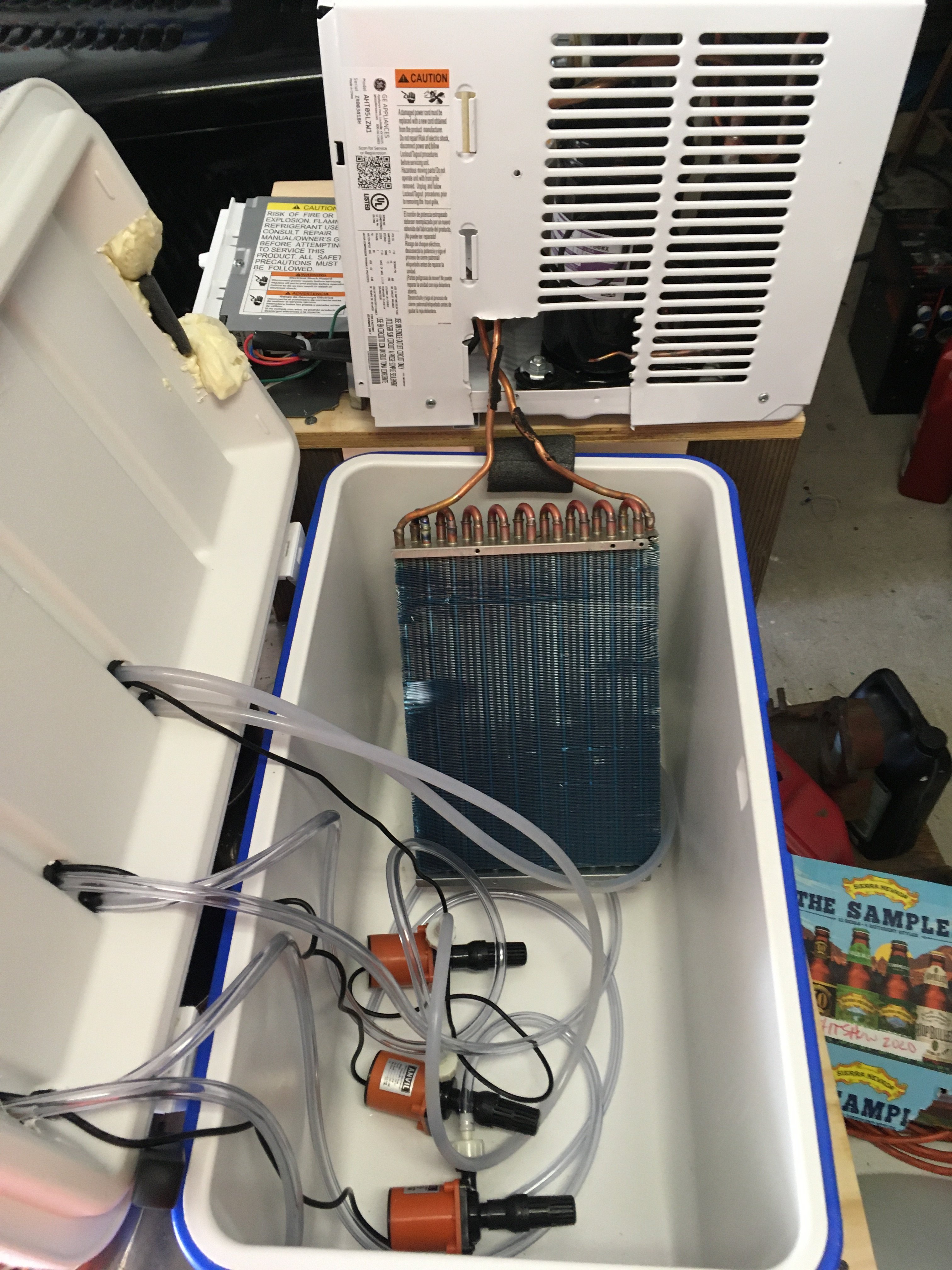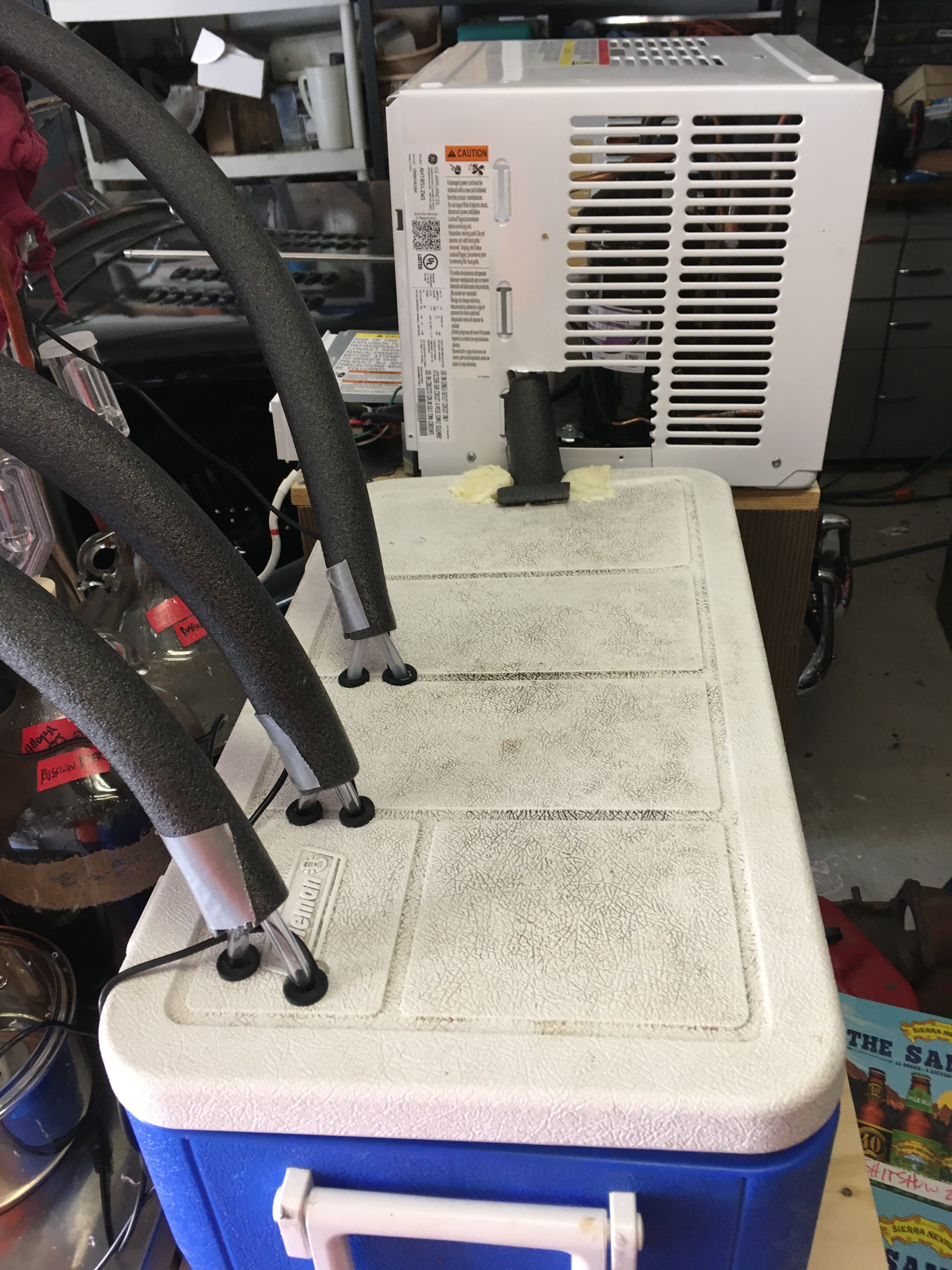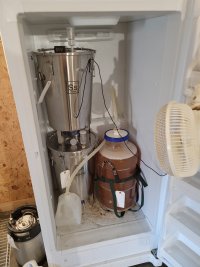- Joined
- Dec 25, 2021
- Messages
- 86
- Reaction score
- 52
I've seen lots of videos on glycol chillers and lots on using fridges with seed blankets and inkbird control. But none comparing the pros and cons of each. Seems to me the fridge option works well with by few modifications and is the method I use. Which method do you use and why? TIA






























































